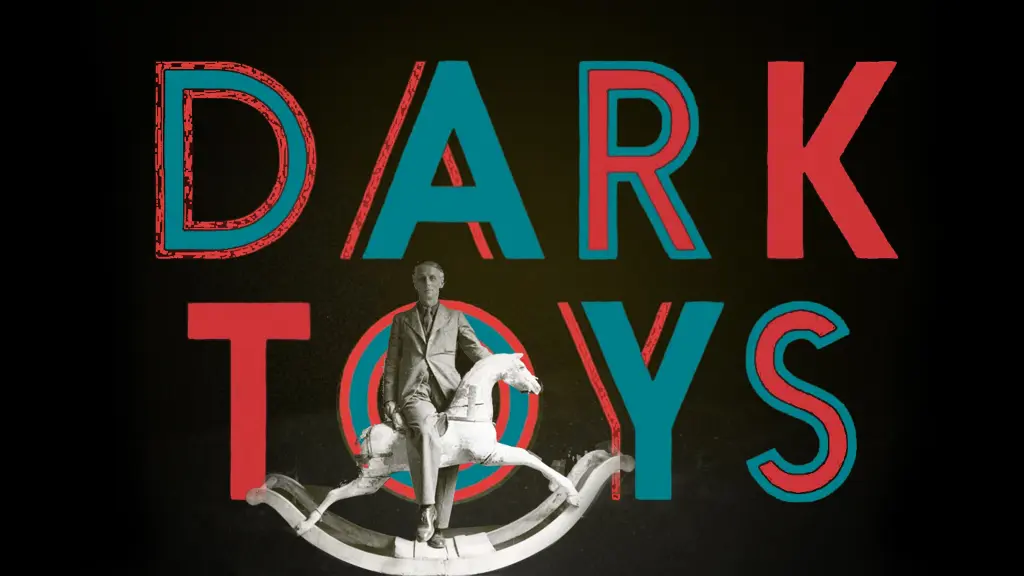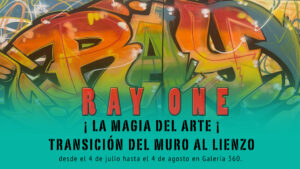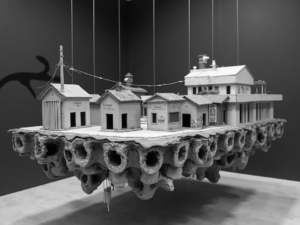By Juan Butten
I never imagined that, at this point in my life, and approaching 50 years old, I would be writing about books that at one time I thought would only interest me. In less than a year, I have reviewed books that, from my perspective, might have seemed of limited interest, but the reality has been quite the opposite. I have received comments through my page, juanbutten.com, from places as distant and curious as Myanmar, Seychelles, and even Japan. For me, this has been more than a miracle; it’s something that continues to surprise and motivate me to keep writing. These reactions encourage me to press on, especially as a lover of art—and in particular, of the surrealist movement—I never miss the chance to dive into any book that delves into this fascinating cultural phenomenon. A movement that, in my view, not only transformed painting but changed the world through art in all its forms.
That’s why today I want to talk to you about Dark Toys: Surrealism and the Culture of Childhood by David Hopkins, a book that has captivated me deeply. In this work, Hopkins offers a meticulous analysis of surrealism and its cultural impact, focusing on the relationship between the movement and childhood. What most surprised me, however, is how he delves into the dark and disturbing aspects present in the surrealist representations of childhood and toys. Since I was a child, I’ve been fascinated by the way surrealism explores that duality of childhood: a period full of imagination, vulnerability, and, of course, a fascination with the strange and the wonderful.
The title Dark Toys refers to these “dark toys,” and I feel Hopkins uses them as a powerful metaphor for childhood. According to his interpretation, childhood is not just a time of purity and joy but also of confusion, fear, and anguish. In surrealism, toys are not merely harmless objects of play. On the contrary, they are presented as symbols that explore the boundaries between the real and the imaginary, life and death, creativity and terror.
In the early chapters, Hopkins examines how surrealist artists such as Salvador Dalí, Max Ernst, and René Magritte used the child’s imagination to dive into the human subconscious. The relationship between the playful and the disturbing becomes a constant in their works, where toys are not just depicted as innocent but as vehicles to explore deep fears and contradictions of the adult world. This complexity and ambiguity are some of the things that have always attracted me to surrealism—an art form that isn’t afraid to mix fantasy with the unsettling.
What strikes me most is how the surrealists transformed toys into symbols of subversion. These artists rejected the idealized vision of childhood; instead, they depicted toys as elements capable of disturbing and destabilizing our perception of reality.
In his analysis, Hopkins does not just focus on visual artists but also on how surrealism influenced children’s literature. He mentions, for example, the work of Maurice Sendak and his book Where the Wild Things Are. This book can be seen as a representation of the child’s subconscious fears, but also as a celebration of the child’s ability to create alternative worlds where the unsettling and the fantastic intertwine. This blend of the wonderful with the dark is a constant throughout surrealism, and it’s fascinating to see how it also appears in art aimed at children.
What truly surprised me was how Hopkins broadens the scope of his analysis, showing how surrealist influences on childhood have remained alive in contemporary culture. From films like Guillermo del Toro’s Pan’s Labyrinth to the creations of Tim Burton, surrealism continues to leave its mark on how we represent childhood in popular culture. The ability to mix the fantastic with the unsettling remains an essential characteristic of how both adults and children face the darker aspects of existence. It’s fascinating to see how these influences continue to permeate cinema, literature, and the visual arts, keeping alive the creative and transformative energy of surrealism.
In Dark Toys, David Hopkins offers a deep and provocative reflection on how surrealism has used the image of childhood and toys to explore the depths of the unconscious. In a way, surrealists didn’t just transform art; they also helped us rethink how we understand childhood, desire, fear, and imagination.
This book has led me to reflect on how cultural representations of childhood have evolved over the years. And, much like those surrealist toys that intrigue and disturb us, childhood remains a complex space, filled with boundless creativity but also uncertainty and contradiction. In a world where shadows and light coexist so powerfully, Dark Toys is an invitation to rethink the elements that make up our childhood and to look with new eyes at what we may have long considered innocent and pure.









